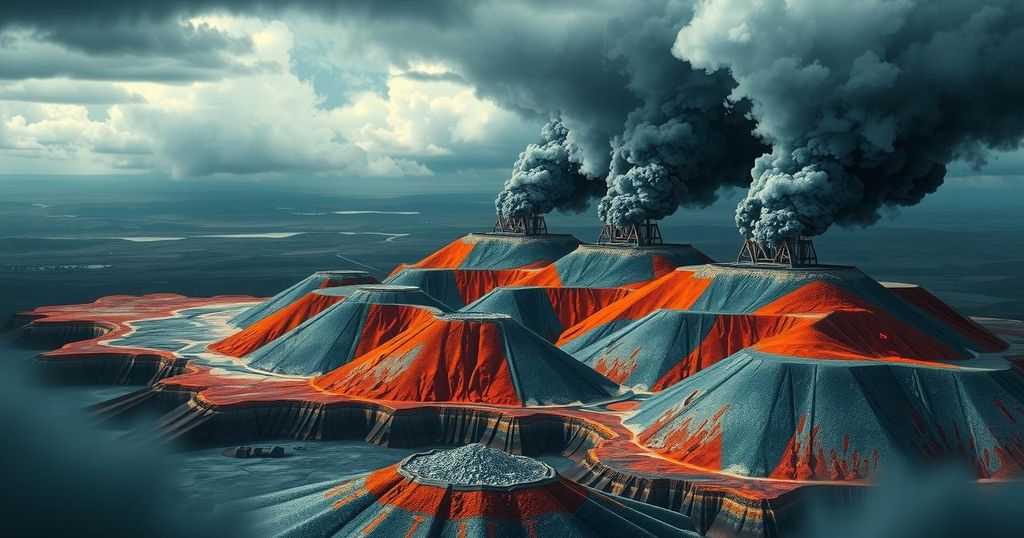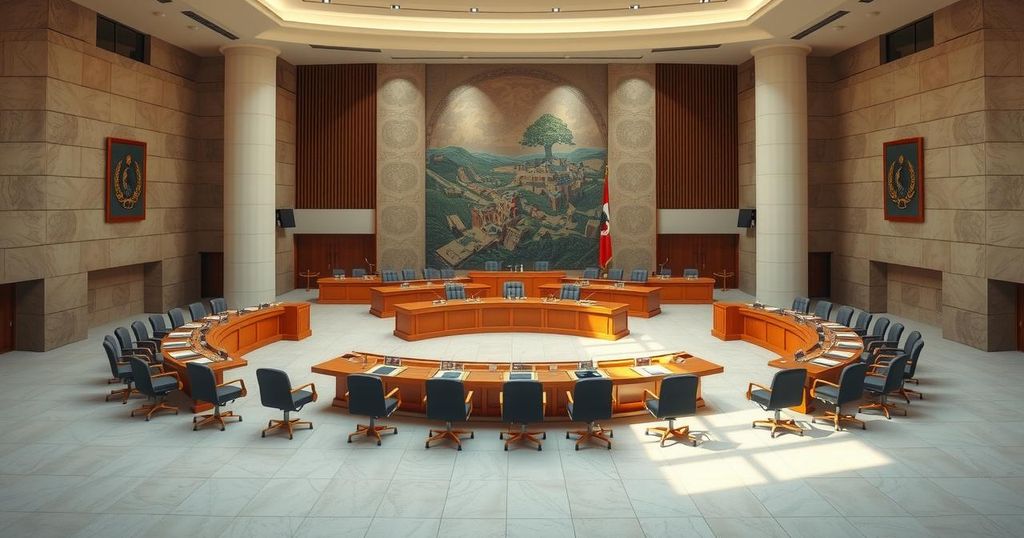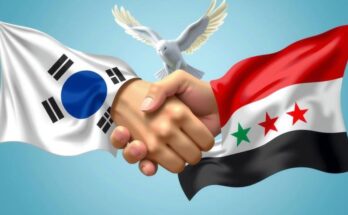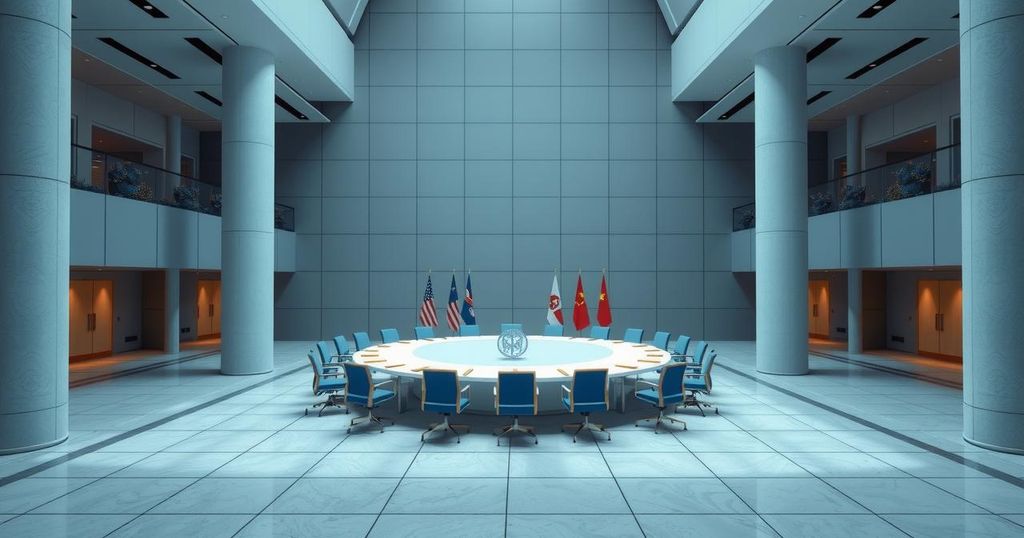The Democratic Republic of the Congo faces a humanitarian crisis following the M23 rebel group’s capture of Goma, driven by conflicts over mineral resources like cobalt. Independent journalist Shauntelle Boyer emphasizes that the war is primarily about resources. Despite global indifference rooted in anti-Black attitudes, efforts from journalists and public figures are beginning to raise awareness of the situation.
The ongoing humanitarian crisis in the Democratic Republic of the Congo (DRC) escalated following the capture of Goma by the Rwanda-backed M23 rebel group. This significant city, crucial for linking the mineral-rich eastern provinces to global markets, has become a battleground amid conflicts over identity, power, and resources. The ongoing violence threatens to exacerbate the suffering of millions in the region, primarily driven by the demand for minerals like cobalt and coltan.
Independent journalist Shauntelle Boyer notes that the conflict is fundamentally about resources, stating, “This is a war over resources. Goma is one of the world’s largest producers of coltan and cobalt. Seventy percent of the global cobalt supply comes from this region.” The DRC’s extensive natural wealth has, instead, attracted exploitation and conflict rather than prosperity.
For more than a year, M23 has dominated Rubaya, a principal coltan mining region, generating substantial revenue through taxation. Allegations persist regarding Rwanda’s role in the conflict, as Congolese officials claim that M23 acts as a facilitator for mineral smuggling to international markets, despite Rwanda’s official denials. Recently, the fighting around Goma has reached alarming levels, with the city experiencing mass displacements and humanitarian aid shortages.
The ongoing conflict traces back to the aftermath of the 1994 Rwandan genocide, with enduring ethnic tensions spilling into Congolese territory. Although Rwanda acknowledges the regional instability as a threat, it dismisses accusations of supporting M23, emphasizing that they are Congolese fighters. Previous ceasefire agreements have collapsed, prompting renewed military engagement.
Despite the catastrophic nature of the conflict, global media coverage remains inadequate. Shauntelle Boyer asserts, “It’s anti-Blackness. The world doesn’t care about Black bodies […] Black stories are pushed aside.” Acknowledging systemic bias, she urges that stories from African conflicts garner the attention they deserve.
Prominent figures, including artists and athletes, have begun to leverage their platforms to raise awareness about the situation in the DRC. Following her postponed performance in Rwanda, singer Tems emphasized the need for public figures to advocate truthfully on such matters. In response to the growing crisis, the Southern African Development Community convened to address the dire circumstances in the region.
The Democratic Republic of the Congo has been embroiled in conflict for decades, driven by its abundant natural resources, particularly minerals like cobalt and coltan. The capture of Goma by M23 highlights the ongoing struggle for control over these valuable assets amid a backdrop of historical violence, including the aftermath of the Rwandan genocide. The region’s complex socio-political landscape continues to fuel humanitarian crises and ethnic tensions, often overlooked on the global stage.
The conflict in the DRC represents a catastrophic collision of resource exploitation, identity struggles, and international politics. The ongoing violence and displacement in Goma underscore the humanitarian disaster that has been exacerbated by external interests and internal strife. It is imperatively clear that heightened international attention and action are required to address the underlying issues and support the affected populations in the region.
Original Source: www.newarab.com




